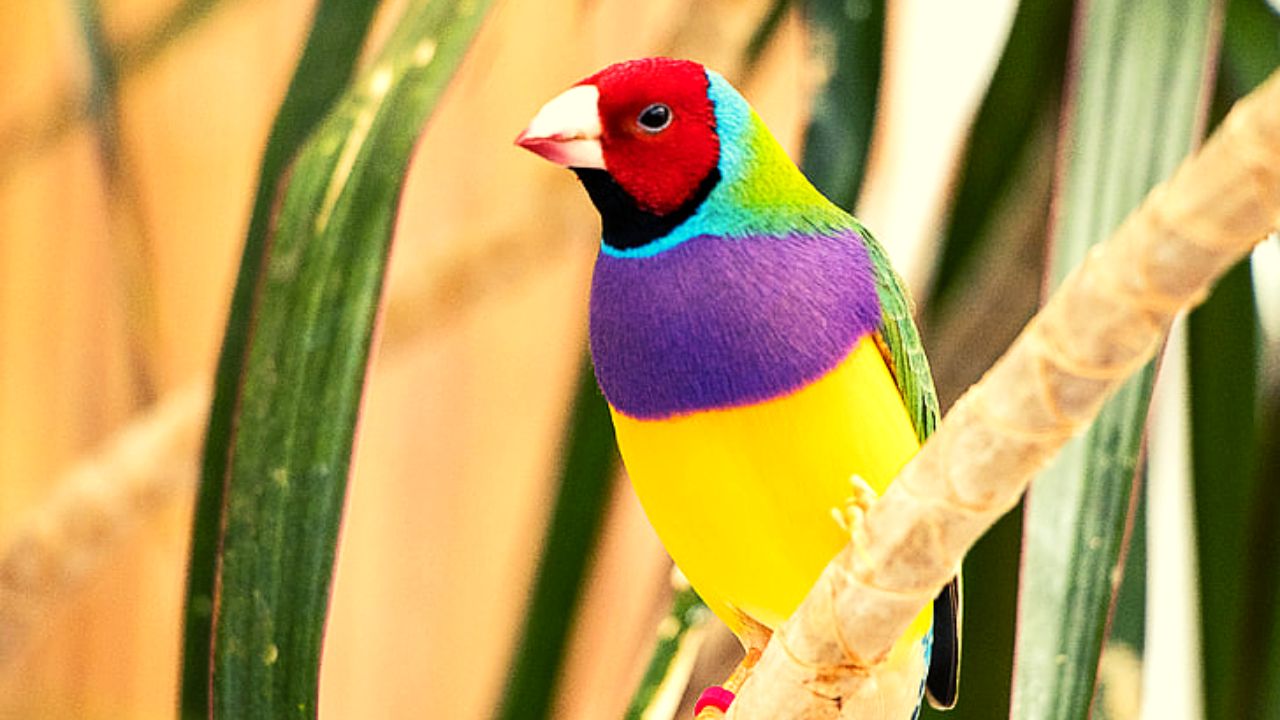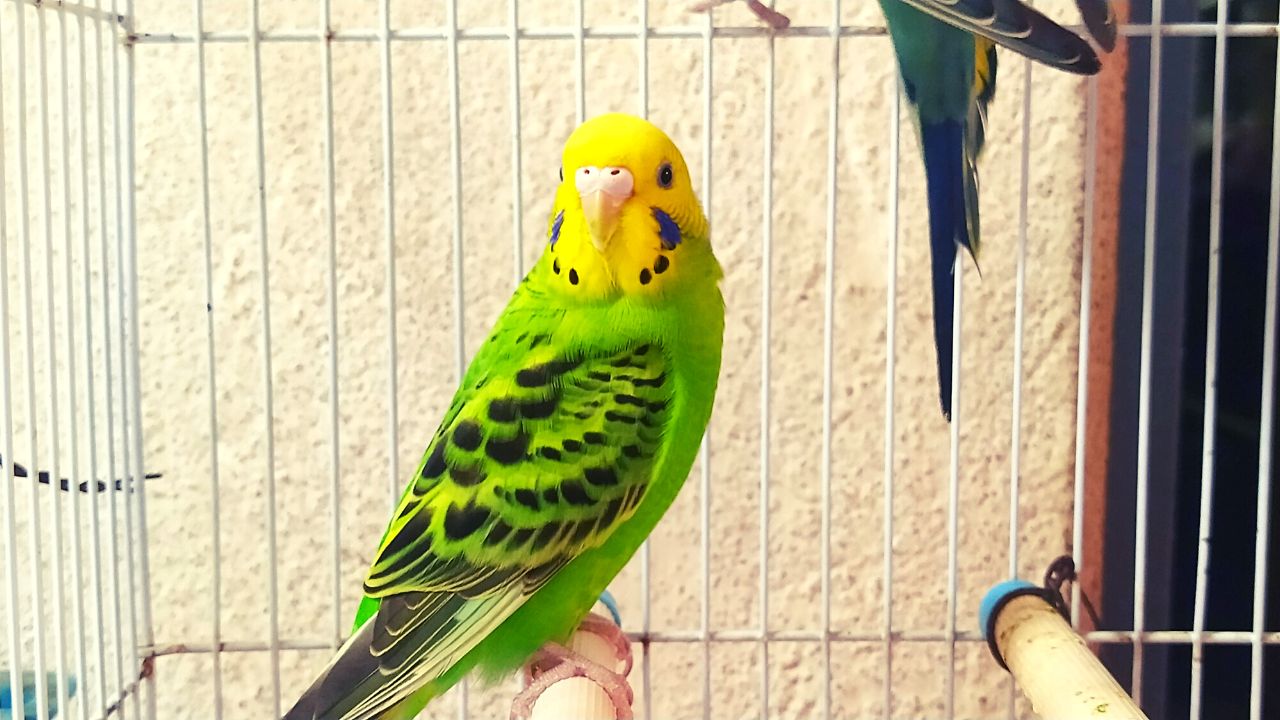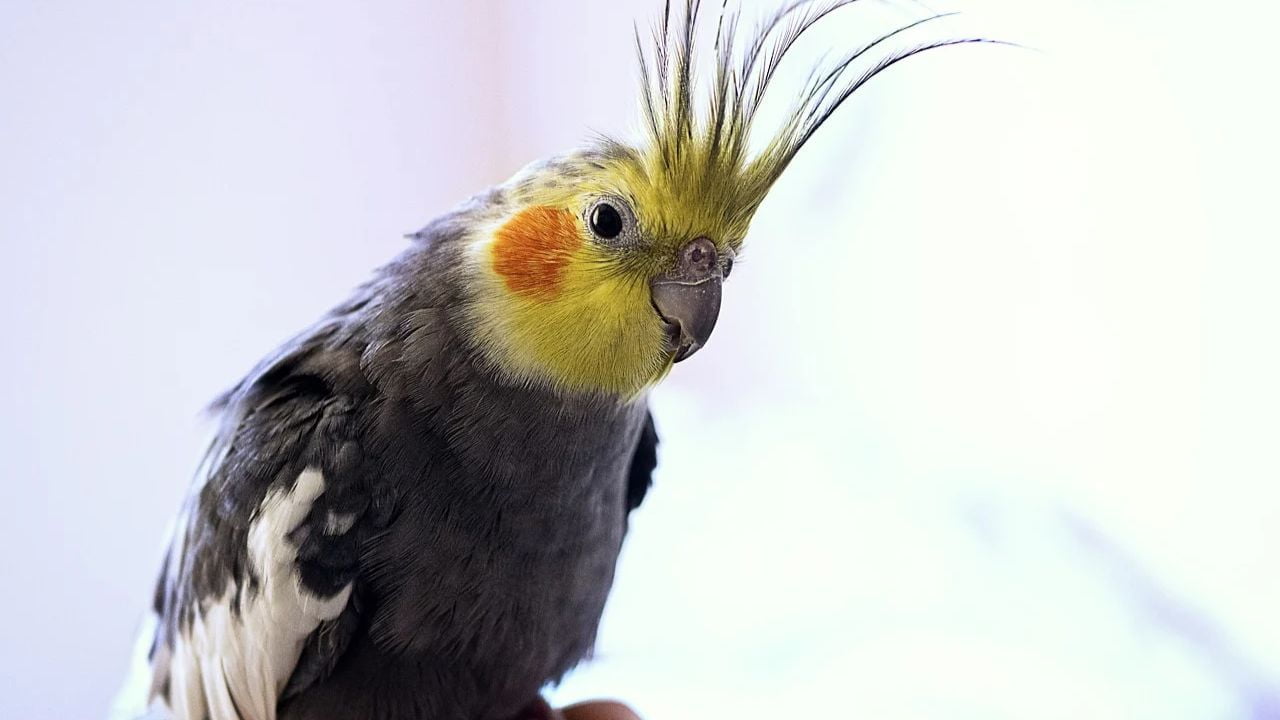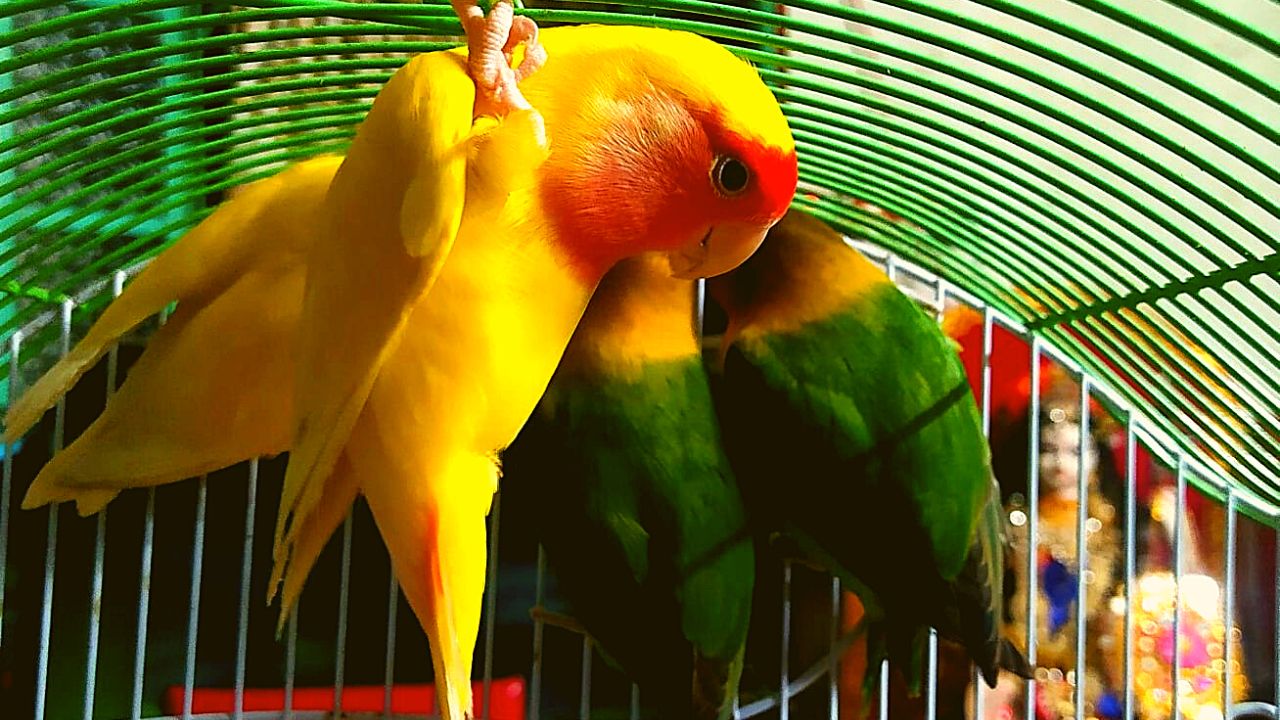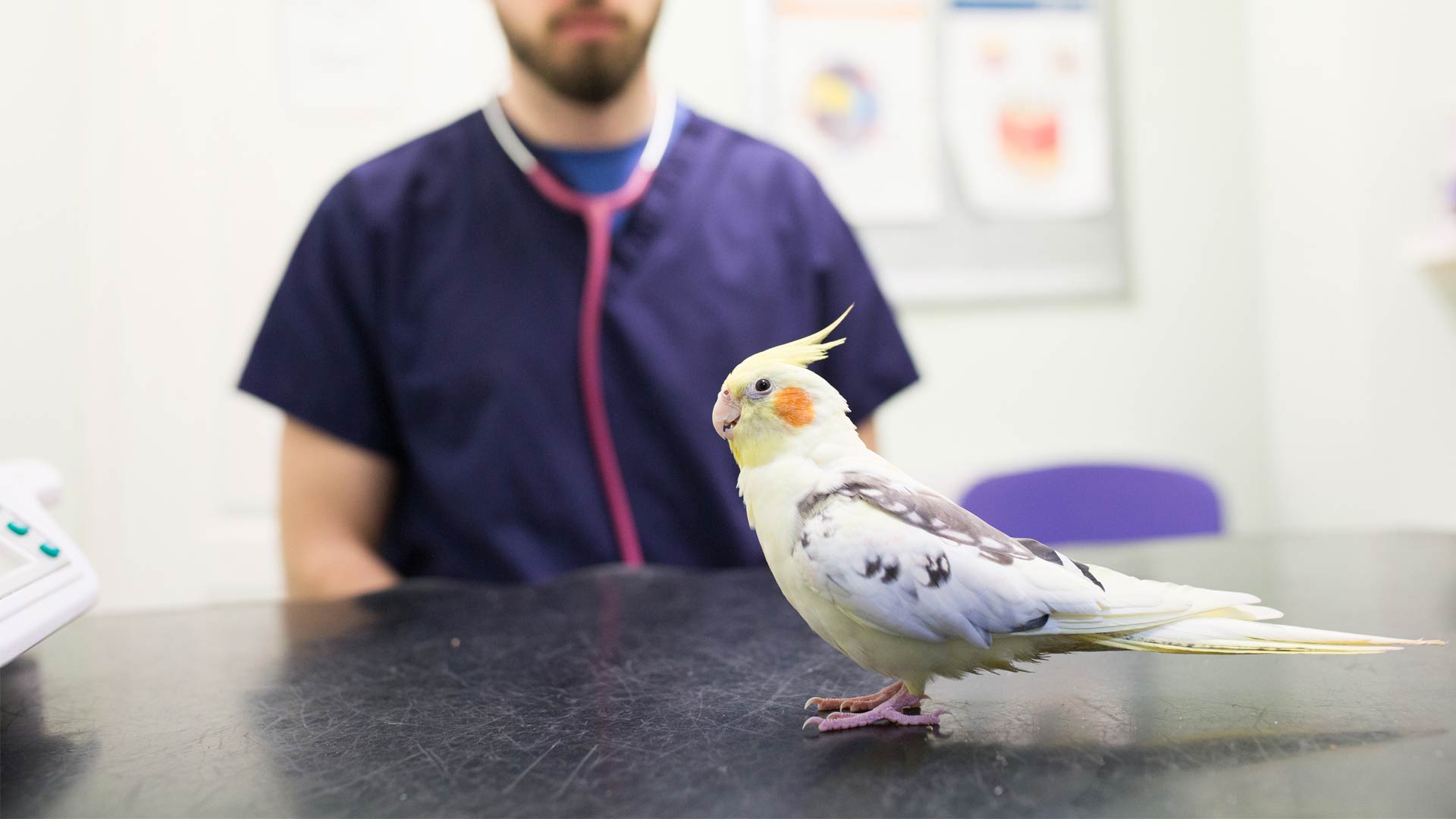
Table of Contents
The baby feathers flapping their wings wide around the house’s perimeter and further is a beautiful sight. Having birds at home can be lovelier in loads of ways. But we all know having a pet at home is not all rainbows and sunshine. With the enticing company and jolly rides may come some hefty puzzles and problems. Sometimes, these problems come in the form of disease.
Bird mites are a common problem for pet owners or poultry workers, zoo caretakers, and people who considerably associate with pets. Also otherwise known as pigeon mites, red mites, and bird lice, they are often mistaken for bed bugs. To make the hefty job more accessible, we have curated an easy-to-read guide for everything you need to know about bird mites.
Bird Mites: What are they?
Bird Mites are avian parasites that find refuge on the skin of domestic fowls and wild birds. Although sustained mainly on the skin of birds, they can often find their way into your homes and other places. And once they enter the domain of your household, they can become a real nuisance for humans. Bird Mites are a pest, but they aren’t to be mistaken for parasites to humans. As parasites need human blood to sustain that’s not the case with the mites.
The most common methods that bird Mites might find their way to human surroundings or fall into human contact is through bird nests. It can happen when a bird starts nesting near human areas, such as schools, office buildings, houses, etc. These nests can easily contract bird mites, further inhabiting the neighboring residential areas where humans live. The life cycle of bird mites is seven days, which is precisely what triggers their spread. The rapid boom in population makes the eradication of mites an arduous task.
These mites need the blood of birds to sustain themselves for long. However, without bird hosts, they can start feeding on humans and other mammals like dogs and cats to sustain themselves, but they won’t be able to complete their life cycle without birds’ blood. Hence, acting as a dead-end host. Pigeons usually prefer nests around human territories, such as in vents or shafts; this makes them easy prey for bird mites. Nesting in gutters, shrubs, and trees is also prone to spreading bird mites into human buildings. Also, people in close contact with poultry birds or work on farms are more vulnerable to these mites. Regular contact with other animals, like dogs and cats, might also give these mites a way to your skin.
How to Identify Bird Mites?
Regarding body structure, mites possess mainly two body parts and four pairs of legs, which belong to the arachnid family, the same one spiders and ticks are also part of. Usually, these mites are of the shade brown or gray, the tint of which might get darker after they’ve had a meal. They tend to lay their eggs on the birds’ nests or feathers. Fowl mites, chicken mites, or American bird mites are the most common types of mites that humans can expect to encounter. Bird mites are ectoparasites, which are parasites that live on their host’s body to sustain themselves. These nagging creatures don’t fly, only crawl, and can live anywhere that would put them near birds. Although spotting these mites in odd places is not flabbergasting, they are usually suited to warm climates or during warm months.
Symptoms on your Pet
Crusts around eyes and beak
Mites attack the area around the eyes and beak of your pet, called an infestation of burrowing face mites. The early signs of the infestation present themselves as a crusty layer near the beak and eyes of your feathered pet.
Irritated skin on the legs
The scaly leg mites are also common in birds that affect your pets’ leg region. In this, mites burrow into the skin of your pet’s legs and lay eggs inside it, making the legs appear dry and scaly. The infestation can cause swelling and rashes around the leg area of your pet, creating discomfort.
Restlessness at night
The nighttime is feast time for the mites, so you might find your bird pet more jumpy than usual at night. Birds often rub themselves on the cage to remove the itchy mites and scratch their skin too harshly.
Difficulty breathing
Mites are also known to attack the trachea, air sacs, bronchi, or sinuses of birds which can result in excessive coughing or heavy breathing in your feathered pal. After mite infestation on the respiratory organs, birds may start open-mouth breathing or struggling with air and gasping for it. It’s essential to watch out for these signs.
Symptoms on humans
Small bites
Birds can easily pass on these mites to their human companions. Thus you may also be showing symptoms of mites infestation on your body through small bites. These bites are usually around the mouth and nose.
Crawling sensations while sleeping
As already mentioned, mites feed during the night. Thus, you might notice some crawling sensations at night while in bed. Although, these mites do not live on human skin and can’t transfer any infectious disease. It can still transmit secondary infection born out of itching and rashes.
Treatments
The first step towards getting rid of mites is to detect their presence. This can be done by collecting them over the sticky tape. Deploying tapes in areas where you highly suspect the presence of mites can act as a wide trap in collecting them. Windows and other areas with cracks and crevices are common crawling spots for mites.
Getting antiparasitic
If your bird has contracted bird mites, the immediate response should be to consult your vet. Ivermectin is the most common drug for treating most kinds of mites. The drug is antiparasitic, which should be given in proper doses. The dose varies on the size and breed of the bird. For instance, the little ones can be cured with a drop over the skin, while the larger ones might require an injection. So, it is advisable to let the doctors do their thing.
The wise act would be to treat them all.
It might be the case that only one bird is clinically diagnosed with mites. However, if you have more than one bird living in the vicinity of each other or in the same cage, it’s better to treat them all. They might not have been diagnosed, but sharing contact with the affected bird can be contagious. Thus it is highly recommended to treat the whole bird group.
Remember to clean and disinfect.
Getting medical treatment would cure your baby’s feathers from the infection. However, it can’t stop the bird from being reinfected. Thus bringing your treated bird to the same infected environment without eliminating the contagious surface can reinsert your pet to the risk of contracting mites. Hence, cleaning and disinfecting the pet living area is a must. The plastic or metal materials should be thoroughly cleaned with hot water.
Please be careful with the cracks or crevices, and wash them sincerely. Porous objects, such as wooden or nested boxes, should be thrown right away. Eliminate everything that might become a beacon for the mites to lay their eggs again. Effective insecticides like permethrin or deltamethrin can be used to disinfect the contaminated environment.
Remember to always consult your pet after the detection of pets or during the early signs of infestation. Treating the infection on your own can be harmful to the pet. For the same reason, an expert’s intervention is most suitable. JaldeeVet online consultation is your go-to stop for the best veterinary advice.

Dr Vinay C P, B.V.Sc. & A.H., M.V.Sc., P.G.D.OH.
B.V.Sc. & A.H., M.V.Sc., P.G.D.OH.
Designation:- Director Of Veterinary Operations
Experience:- 5+ Years Of Professional Experience
